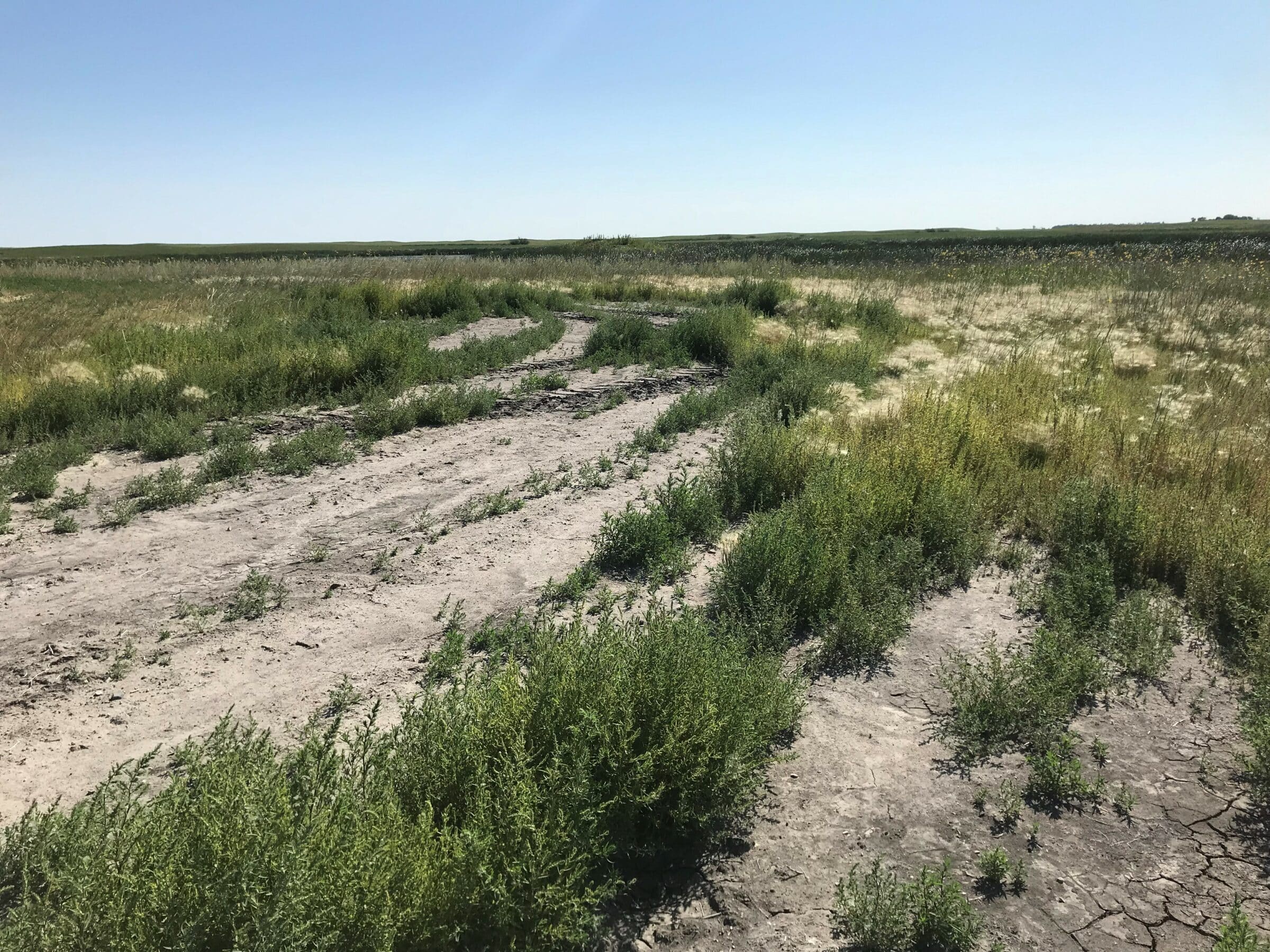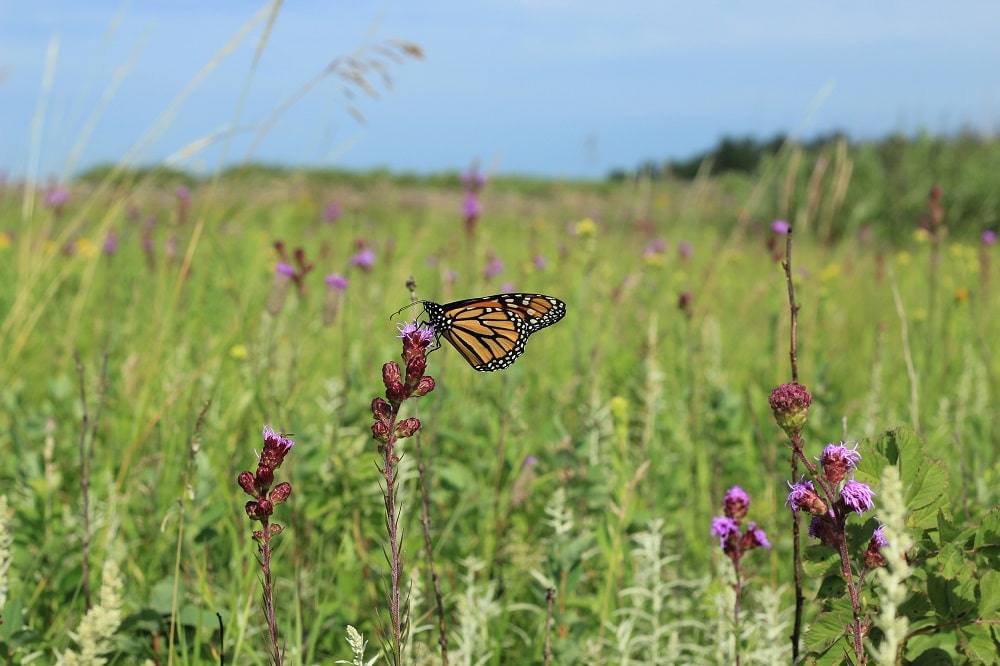Story
December 5, 2023
DUC/SaskSoil partnership delivers improvements to soil health, farm profitability
Celebrated on December 5 each year, World Soil Day advocates for the sustainable management of soil resources. It's the perfect occasion to check in on a Saskatchewan partnership that aims to achieve just that.

In Saskatchewan, annual crop producers are increasingly turning to an alternative strategy to improve soil health and increase productivity; they’re seeding perennial forages in field margins that suffer from salinity, weeds, and other agronomic headaches. To this end, a two-year-old collaborative agreement between Ducks Unlimited Canada (DUC) and producer organization, SaskSoil, has both parties smiling, along with the farmers they work with.
In 2017, DUC began piloting its Marginal Areas Program (MAP), paying a financial incentive to farmers to seed perennial cover in annual crop margins. Because the province’s grain growers were a new program delivery audience for DUC, the organization looked to SaskSoil, a producer group already well-known and respected by annual croppers.
Tanya Craddock, executive director with SaskSoil, immediately saw compatibility between MAP and her organization’s objectives.
“Our mandate is to advance practices that improve the land and environment for future generations, so this program approach fits well with what we’re trying to do and hoping to promote. It allows us to offer those farmers with marginal acres an alternative management practice to improve soil health in their operations,” she says. For the past two years, SaskSoil has been delivering MAP under its label, Marginal Areas Rehabilitation in Saskatchewan.
The agronomic benefits of seeding grass in unproductive crop margins are compelling, and improvements to soil health are chief among them. Perennial forages help manage and treat field areas prone to salinity, a common challenge in Saskatchewan farmland. They also stabilize and conserve soil, help manage the risk of clubroot (a fungal pathogen specific to canola), and provide another option to address field areas prone to herbicide-resistant weeds.
Trevor Plews, head of conservation programs with DUC in Saskatchewan, has witnessed producer interest increase through the first seven years of program delivery. Beginning with just over 100 acres in 2017, 2023 saw over 3600 marginal acres seeded to forage, roughly one-third of these delivered through the SaskSoil partnership.
From a conservation perspective, MAP delivers incremental gains in habitat and biodiversity in annual cropland; not just nesting habitat for waterfowl, but valuable cover for other wildlife species and, with the right mix of plant varieties, forage for pollinating insects, too.
“Through improving soil health and profitability, programs like this to convert marginal acres to forage benefit Saskatchewan farms, farmers and wildlife alike,” Plews says.

